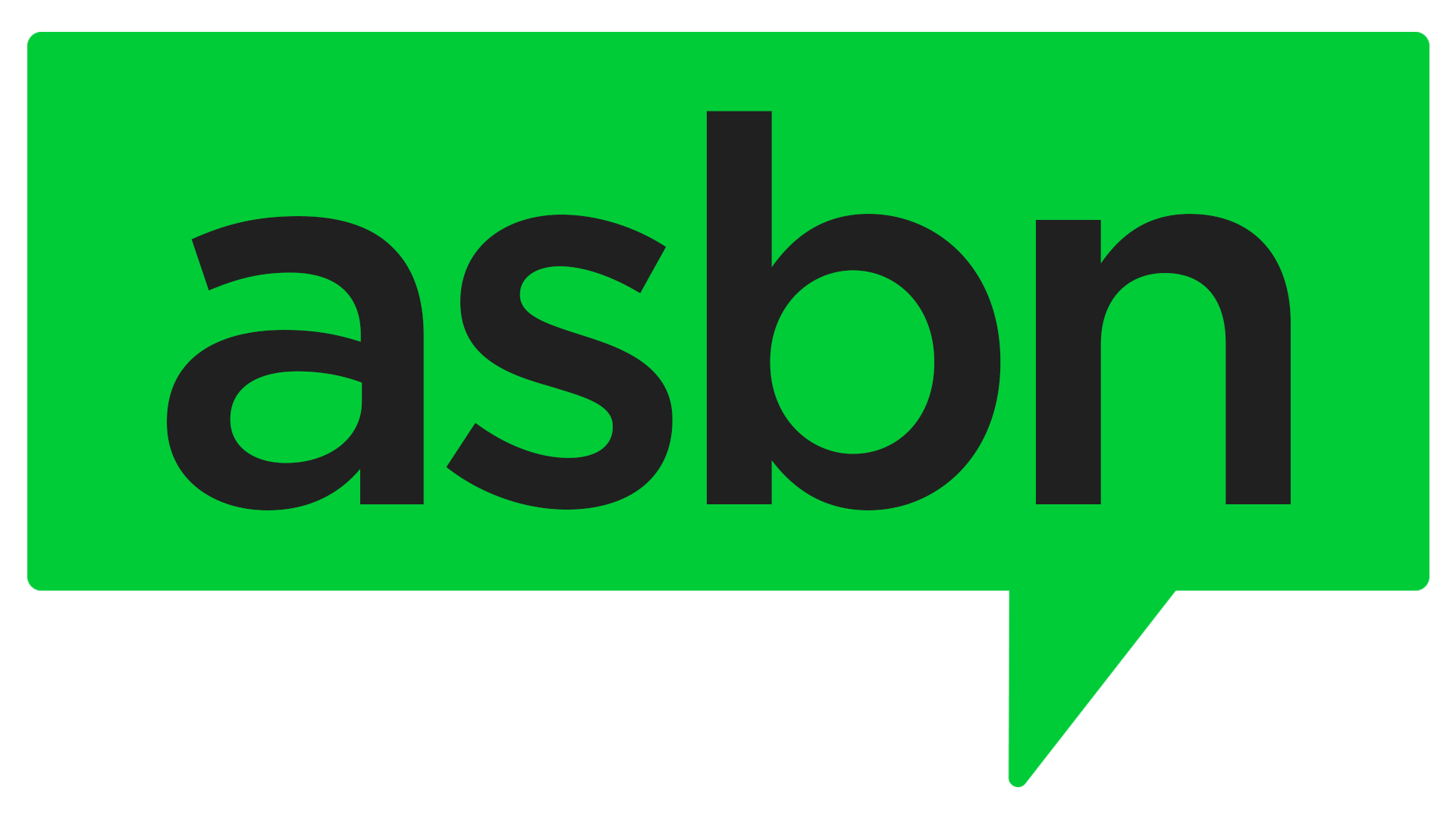Maybe it was the lag in sales, or it could have been the gradual decline in performance, but somewhere along the line, you could sense a growing sentiment of disengagement. Stagnancy can happen anywhere. It could be that employees are burned out, or that many do not feel a sense of purpose in their current work.
However, if you think that this is happening in your organization, know that this is a global problem. According to Gallup, 87 percent of employees worldwide are not engaged in their work. For some reason, the majority of employees are no longer stirred by what they do. This problem does not have to be the prevailing theme at your company. You can solve this issue, but first, to address stagnancy, you have to recognize the signs.
How to Recognize Stagnation at Your Company
- Lack of Professionalism – Are employees making a habit of showing up to work late or taking a more extended lunch than usual? If so, this is a definite indicator of a lack of engagement and an unwillingness to be at work.
- Productivity is Suffering – When was the last time your company team hit its goals? Are groups consistently underperforming and producing less work? This scenario is a pretty easy one to see as you can compare results to a previous point in time. If employees are consistently missing the mark, it could be that they do not realize their importance to the company.
- Employees are Openly Upset and Dissatisfied – Are you hearing murmurings of individuals threatening to quit? Is there more bickering and complaining than usual? This situation is a clear indicator that employee satisfaction is low and that some may be seeking other alternatives.
- Turnover is Growing – There will always be employees who decide that they are no longer a fit for your company, but this can turn into a problem if turnover becomes high. Also, if some of your best talent is deciding to walk out the door, then some serious internal issues need to be addressed.
Again, stagnation happens, but if the above scenarios are occurring at high rates, then it is time to address these problems with a few helpful tactics.
Ask for Feedback from Your Current Employees
Communication with your employees is vital. Asking for feedback could be just what turns the lack of motivation and disengagement around. The best place to go to see what is happening is right to the source. Sit down with your employees and begin to ask for their feedback about the current work conditions. Ask them about how they feel about their current position, inquire about the state of the work environment, and get to the root of what is causing the dissatisfaction. This could happen by talking with small groups or through distributing a survey (for those who may want to stay anonymous). There could be more significant issues at play that employees could give some greater insight into.
Keep Work Fresh and Exciting
Everyone is at risk of getting bored if his or her work is repetitive. An OfficeTeam survey found that workers are bored for an average of 10.5 hours out of their day. So, it is likely your team is going through the same thing. Take a look at the current tasks of your employees and see where you can provide some task differentiation. Are certain employees interested in taking on more leadership roles? Have any expressed interest in exploring another functional area during performance reviews? See where you can add in new work elements that challenge employees while renewing their engagement. This step can even be a springboard for recognizing new leadership and executive talent.
Let Them Know How Much Their Work Matters
Employees want to find meaning in their work. They want to know that what they do matters to the overall purpose of the company. Make a practice of connecting the work they do to the overall principles and vision of the organization. For example, this could look like having a conversation with the accounting team about how their work contributes to the financial stability and overall transparency of the organization. Letting them know how their work fits into the organization can give them a sense of purpose and meaning. Along with that, make a point to recognize employees or teams for a job well done.
 Set New Goals and Celebrate Them
Set New Goals and Celebrate Them
The feedback you received from your employees may cause you to reassess your goals. This step is a good thing. It causes you to work with your employees and their managers to set benchmarks, causing them to feel involved and invested in the process. Also, once you meet a goal, don’t gloss over it, celebrate it! Let your team know they are on the right track and acknowledge their hard work. This time is also an excellent opportunity to add in some fun by hosting a company luncheon or social outing in recognition of meeting the goal.
Final Thoughts
Stagnation can happen to any company, large or small. That is why it is imperative to always keep an eye out for the signs of a lack of motivation or disengagement. Things like a lack of professionalism or extended performance should not be tolerated in the long-term. However, digging deeper to find out the root cause — mainly if the behavior has spread—could not only save time on training new employees but could help you address company problems you did not know of. With communication and strategy, stagnation is a problem any organization can overcome.


 Set New Goals and Celebrate Them
Set New Goals and Celebrate Them